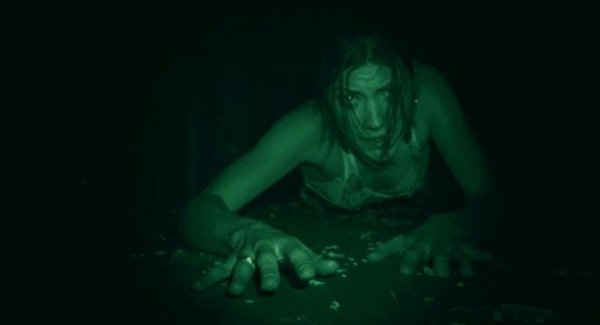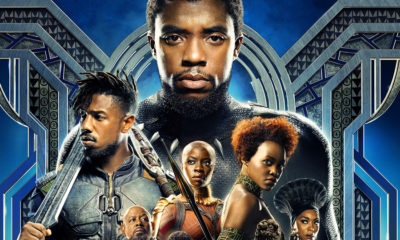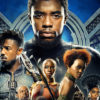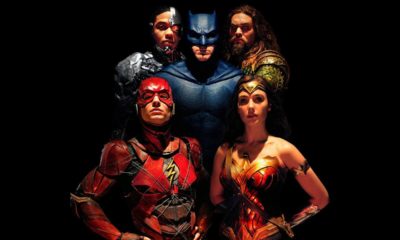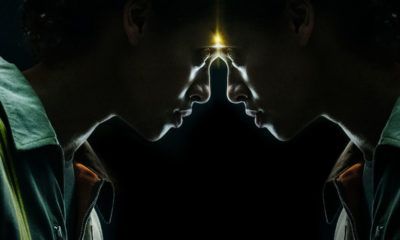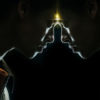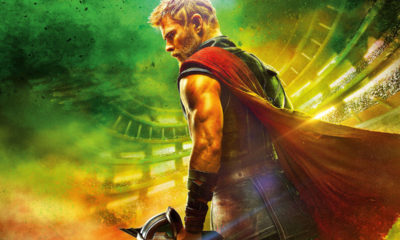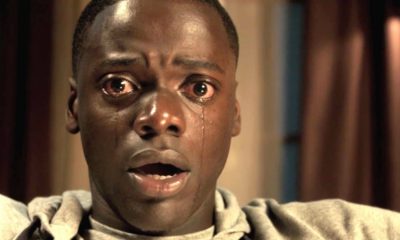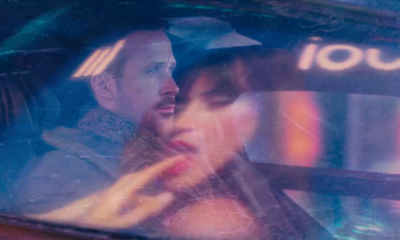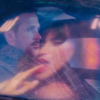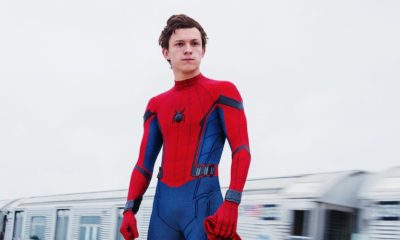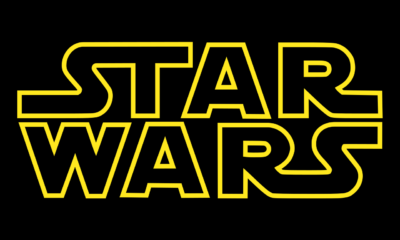MOVIES
TOP 25 MODERN HORROR FILMS: #10 THROUGH #6
Welcome to our terrifying top ten! Read on to see the next five films that we believe represent the very finest in 21st-century horror:
10.) THE CABIN IN THE WOODS (2012)

After being held a release holding pattern for 2 years due to studio troubles causing horror fans to expect a generic slasher flick, The Cabin in the Woods was a welcome surprise in both its concept and quality. Starting off in an high-tech underground facility instead of an isolated cabin instantly put audiences on the backfoot and this Joss Whedon produced meta-horror always stayed one step of its viewers until its memorable monster mash climax.
Intended to give the middle finger to the torture-obsessed horror flicks that had dominated the genre earlier this century, Whedon’s and Drew Goddard’s screenplay actually surpasses this protest to be a knowing horror that never sneers at its subject matter (something the Scream movies never managed). It’s a rare delight of a film that’s best enjoyed with total ignorance of its intentions and yet is smart enough to reward repeat viewings too, making it a modern horror classic that’s still waiting for the credit it truly deserves.

For anyone still traumatized by The Walking Dead‘s savage season premiere last Sunday, you can lay the blame squarely on Danny Boyle’s unassuming take on the zombie genre some 14 years ago. As one of the most culturally important films of the last 20 years, 28 Days Later is patient zero for the phenomenon that would sweep across the globe and to which no one seemed immune.
While there had been plenty of films concerning the shuffling undead before Cillian Murphy awoke in a deserted London hospital, screenwriter Alex Garland’s idea to re-brand its decaying brain-munchers as “the infected” and give an adrenalin shot to their mobility made zombies relevant and threatening again. Looking back on it in isolation, the film never quite manages to top its chilling opening scenes in the empty English capital and one can’t shake the feeling that Boyle and Garland never really knew how to finish the story (there are at least three known alternative endings, plus an entirely different third act was also initially planned). But its place in the top ten was always guaranteed thanks to its nuclear impact on 21st-century fiction, as its many prodigies elsewhere on this list proves.

Every now and then, a horror film emerges that doesn’t just haunt you during its running time but then lingers with you long after its final credits roll. It Follows is one of that rare breed as David Robert Mitchell’s dream-like direction tells the tale of a sexually transmitted curse causing it victims to be slowly hunted down by a creature who can take on even the most mundane of human forms.
This wickedly clever blend of the succubus myth combined with the “pass it on” mechanic of The Ring is notable enough by itself but it’s Mitchell’s unusual style that bizarrely echoes both John Carpenter and Sofia Coppola which really sells it. If it wasn’t for the film’s clumsy climax, It Follows would have easily placed higher on this list but the highly original horror flick is a rare marriage of both style and substance that lifts it well above most of its peers.

Even by 2007, plenty of contempt had been bred by the over-familiarity of the found footage genre and zombies alike, so it is to this Spanish horror film’s credit that it manages to rank among the finest and freshest of either. Set in a single apartment block in downtown Barcelona, a documentary team find themselves under military quarantine after following firefighters responding to an emergency call. [•REC] makes fantastic use of its shaky-cam stylings to convey panic and disorientation as it appears something is seriously wrong with the building’s residents.
If this list was based purely on a horror film’s ability to evoke sheer terror, then [•REC] would walk away with the top spot. A masterpiece of pacing and escalation, it manages to top each worsening nightmare with another until it reaches its infamous Nightvision drenched climax that would have had many a viewer leaving all the lights on for weeks.

While this Australian neo-gothic horror is light on traditional scares, it more than makes up for it with a deceptively simple story about the ever creeping fear of grief and madness. A widowed mother struggles to deal with her hyperactive son whose over-active imagination seems to be getting the better of the both them when he finds a macabre pop-up book that tells the tale of titular Babadook.
As the mother succumbs and struggles with the archly dressed demon, it’s never entirely clear if the Babadook is an all too real entity or simply a manifestation her of depression and trauma. It’s this dichotomy that makes this antipodean gem so effective as an analogy of PTSD and other mental illnesses that could inhabit anyone if pushed far enough. An elegant classical horror that surpasses most other examples during the supernatural revival of recent years.
So, just five remain in our creepy compendium of horrors. Check back soon to see which films have survived… and what will be left of them.
PREVIOUS ENTRIES


